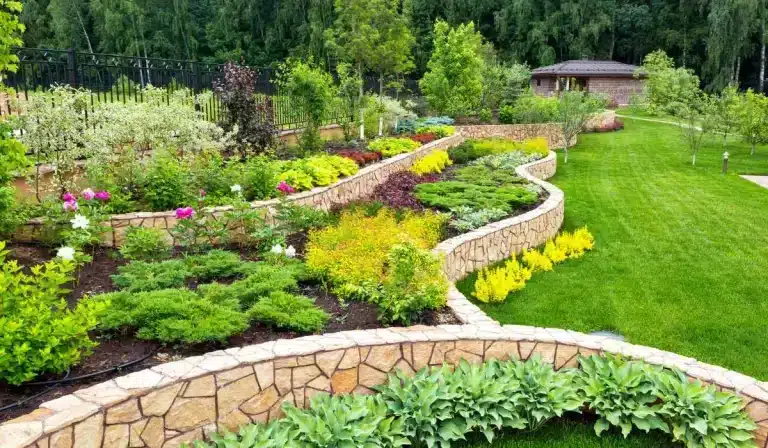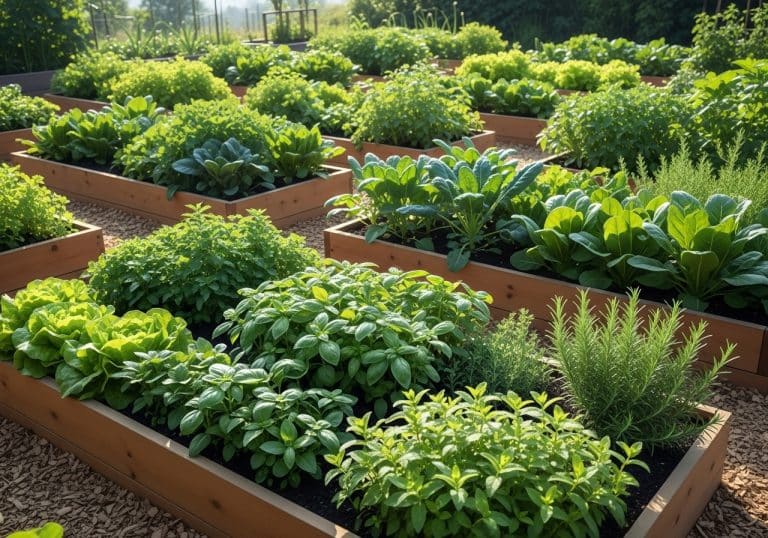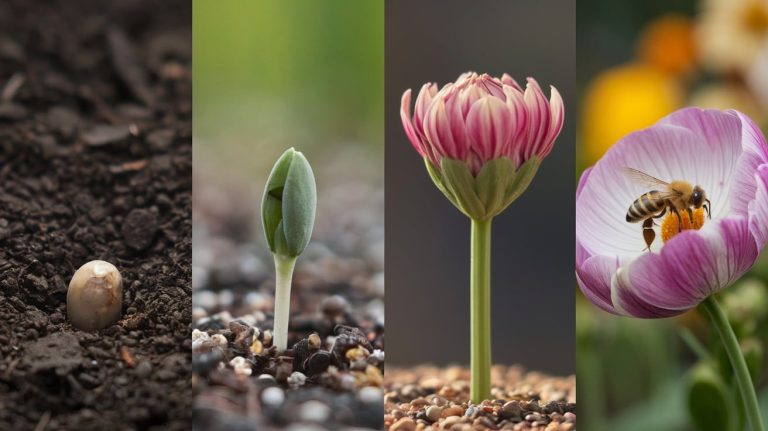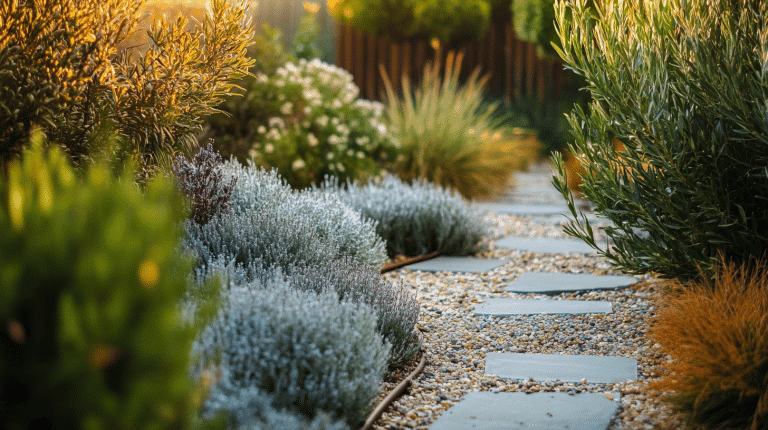Creating an inviting outdoor space is akin to painting a masterpiece, where every brush stroke counts, and the result is functional and beautiful. Whether you have a modest backyard or expansive gardens, the principles of landscape design can help transform your area into a seamless extension of your home.
Isn’t it remarkable how a few thoughtful changes can elevate your outdoor environment? With a keen eye for detail and the right approach, your garden can become a sanctuary that reflects your personality and aesthetic.
Let’s explore essential tools and innovative tips to make your outdoor dreams a reality. Why not start today and see where your creativity takes you?
The Essentials of Landscape Design
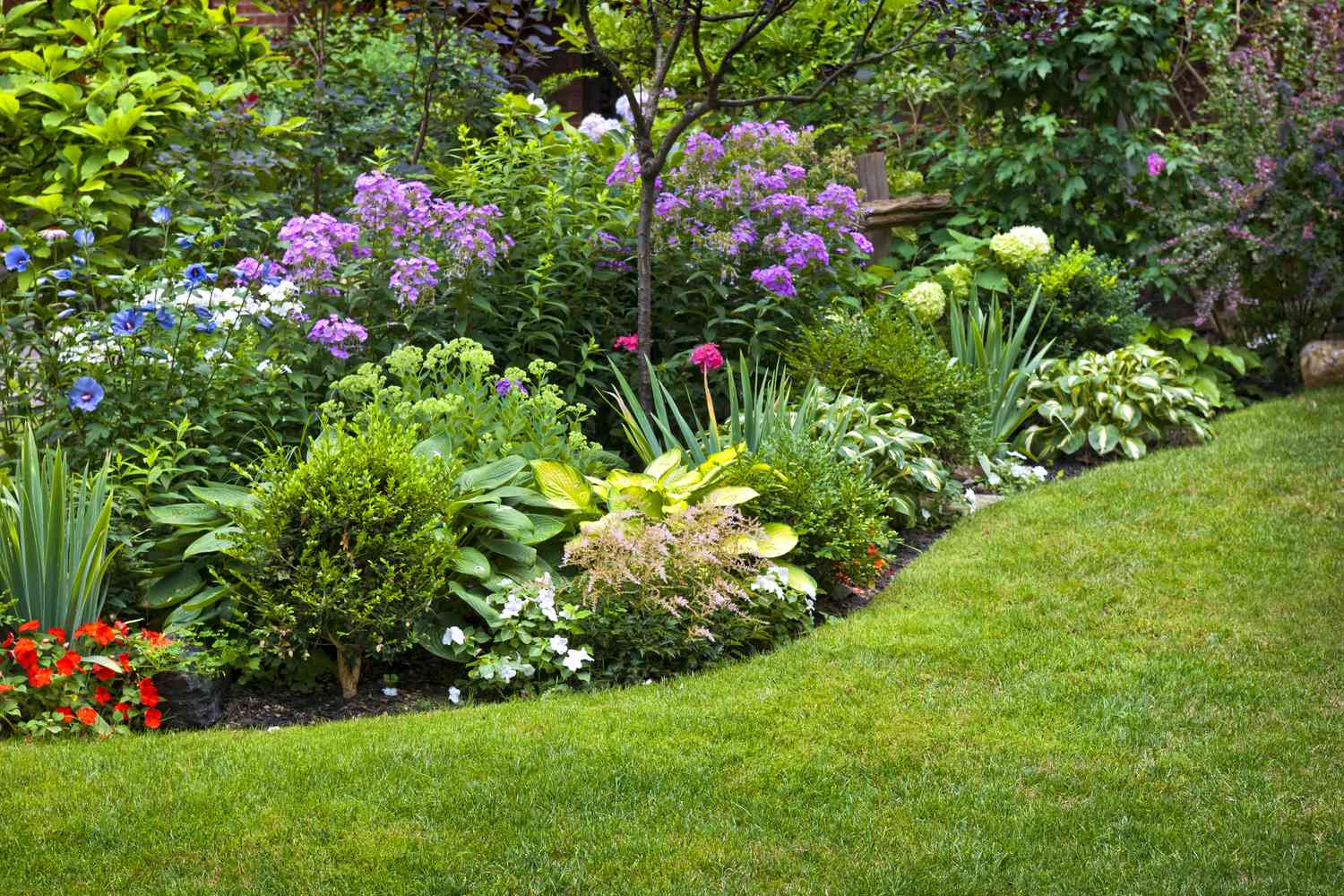 Before diving into the physical labor, a well-thought-out plan is crucial. Start with a sketch of your existing space, noting critical features like slopes, existing vegetation, and sun exposure. This initial assessment helps identify the natural flow of the space.
Before diving into the physical labor, a well-thought-out plan is crucial. Start with a sketch of your existing space, noting critical features like slopes, existing vegetation, and sun exposure. This initial assessment helps identify the natural flow of the space.
Digital design tools can bring your sketch to life, allowing you to visualize changes before breaking ground. Experimenting with different layouts and elements virtually can save you both time and resources in the long run.
Software options range from user-friendly applications for beginners to more sophisticated systems used by professional landscape designers, offering something for everyone regardless of their tech savvy.
Incorporating Efficient Watering Tools
Using the right tools can make maintaining a lush garden much easier when watering. An excellent example of such a tool is the lay-flat hose. This type of hose is designed to be lightweight and flexible, a significant advantage over traditional hoses.
It conveniently lays flat when not in use, simplifying storage and handling, especially in more extensive gardens. The absence of kinks facilitates a steady water flow, which is essential for evenly saturating your garden.
Its malleability also allows for effortless navigation around various obstacles, ensuring that every corner of your garden receives adequate hydration. Moreover, the lay-flat design minimizes the space needed for storage, leaving more room in your garden shed for other essential tools.
Choosing the Right Plants
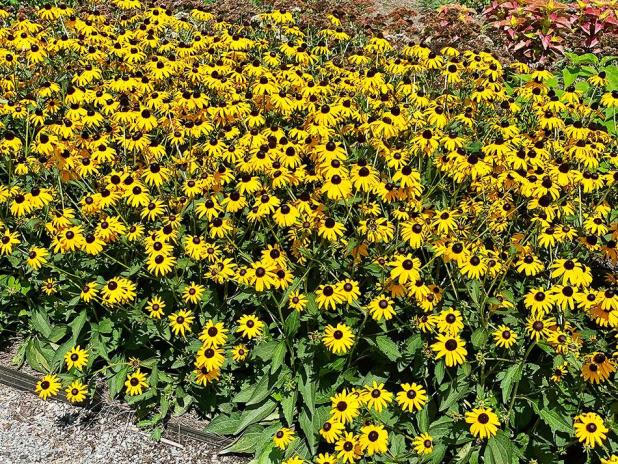
The added benefits of attracting local wildlife with these choices are significant. Experiment with layering plant heights and colors to create visual interest and harmony.
Such diversity can turn your garden into a year-round spectacle of color and texture, enhancing its appeal and vibrancy. This approach ensures sustainability and provides a canvas that evolves beautifully with each season.
Implementing Hardscape Elements
Hardscaping, incorporating non-living elements like stone pathways, fences, or water features, defines spaces and adds architectural character. Materials should complement the home’s exterior and surrounding landscape.
For instance, recycled bricks offer a rustic charm, while polished granite lends a more formal appearance. Choosing suitable hardscaping materials can also influence the maintenance and longevity of your outdoor space.
Proper planning of these elements ensures they serve practical purposes while enhancing the overall aesthetic. Integrating these features thoughtfully can create a seamless transition between the natural and built environments, making your outdoor area more functional and inviting.
Water Management and Irrigation

Using mulches around plantings also helps retain soil moisture and suppress weeds, reducing the need for frequent watering. By incorporating these techniques, you save water and create a more self-sustaining garden.
Such systems can significantly reduce your garden’s water consumption while ensuring your plants thrive in optimal conditions. This proactive approach to hydration can also alleviate the stress of manual watering, freeing up more time to enjoy the beauty of your garden rather than maintaining it.
Lighting Up the Landscape
Landscape lighting can transform your garden into a magical evening retreat as the sun sets. Strategic placement of lights can highlight architectural features, illuminate pathways, and accentuate critical plants.
Solar-powered lights are famous for their sustainability and ease of installation, as they require no wiring and minimal maintenance. Imagine the soft glow that can enhance the ambiance of your outdoor evenings, making your garden a perfect backdrop for relaxing or entertaining.
The safety benefits are also significant; well-placed lighting beautifies and ensures that walkways and steps are visible at night, reducing the risk of accidents. This blend of functionality, beauty, and safety makes landscape lighting an essential element of modern outdoor design.
Maintaining Your Space
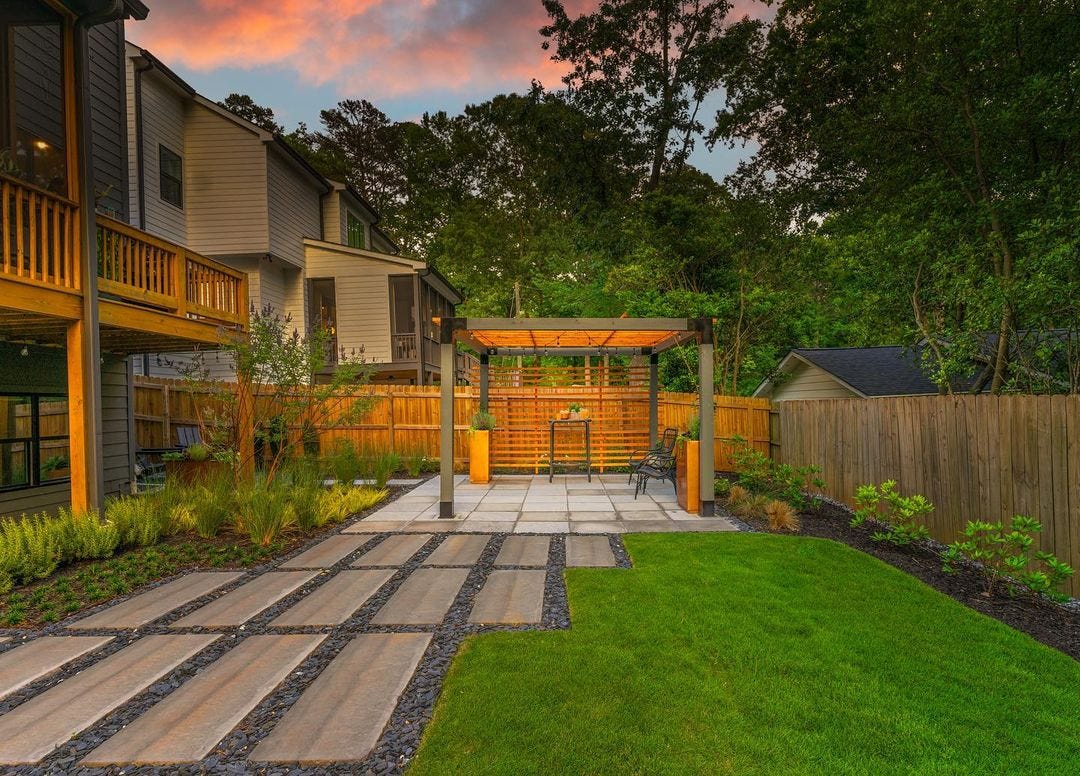
Keeping tools in good repair and investing in quality materials pays off by reducing the time and effort required for upkeep. Routine checks and balances prevent more significant issues from developing in your garden.
This ongoing attention not only preserves the aesthetic appeal but also enhances the functional lifespan of every element in your outdoor space. Investing a little time regularly ensures that your garden remains a pristine and inviting haven year-round.
Engaging Outdoor Activities
Beyond aesthetics, consider how your space can be used for leisure activities. Outdoor cooking areas, fire pits, and comfortable seating encourage more time outdoors. For families, areas designated for play and exploration can provide endless entertainment and a safe environment for children.
Integrating features like a barbecue station or a cozy fire pit can foster social interactions or family bonding. These additions add to your home’s charm and invite gatherings, making it the perfect spot for hosting friends and family. While a gas bottle storage made by Storemasta can be a great addition to a garden, it’s important to keep it safe for the family.
Moreover, these spaces can become an oasis for relaxation and fun, where every moment spent is a cherished memory in the making.
Conclusion
Enhancing your outdoor space is an ongoing journey that evolves with your needs and desires. With the right tools and thoughtful planning, you can create a landscape that looks spectacular and reflects your personal style and environmental consciousness.
Every step in the garden, from the strategic use of a layflat hose for efficient watering to the choice of native plants and sustainable materials, contributes to a harmonious and sustainable outdoor environment. Embrace the process, and watch as your landscape becomes a dynamic part of your home.

